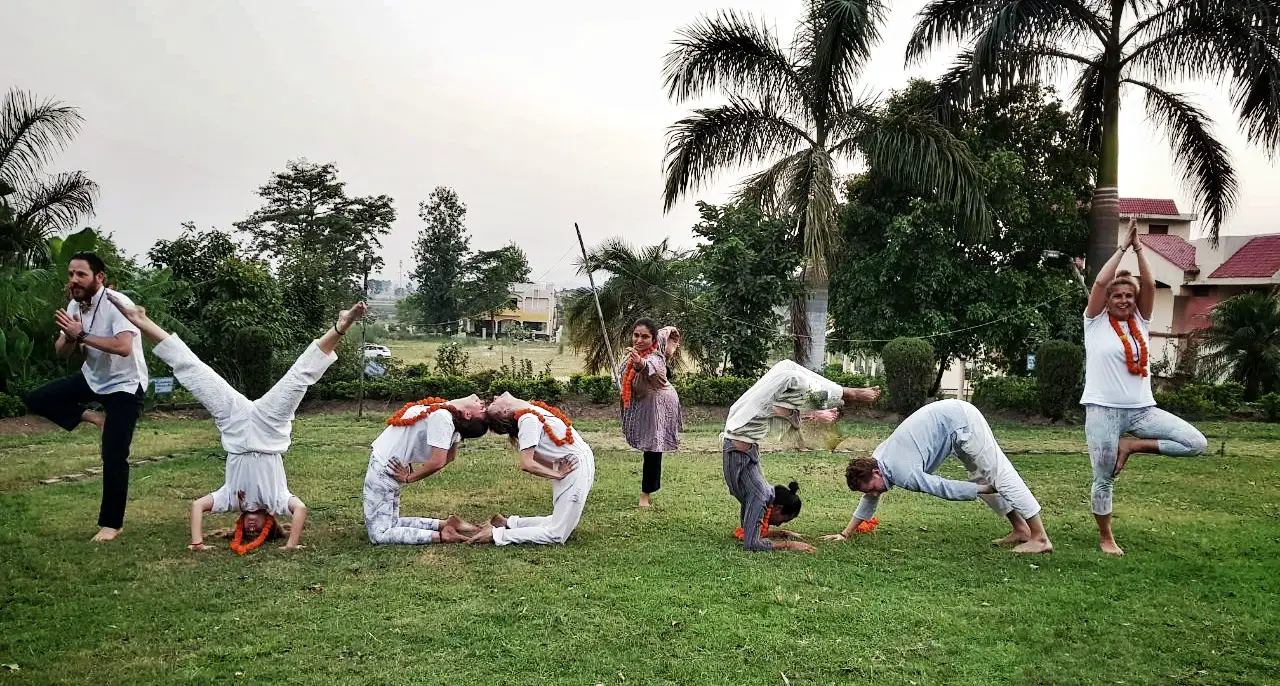We have written this article to clarify some misconceptions and confusions that people have regarding the different styles of yoga asana practice and the different paths of yoga. We are not claiming that any style of yoga asana (posture) practice is better than another, as everyone is different, and depending on their current state will naturally be drawn towards certain styles more than others.
You have probably heard of many types of yoga being mentioned, everywhere from your local yoga center to online videos. These names keep coming up Ashtanga Vinyasa, Shivananda, Bikram, Vinyasa Flow, Yin, Iyengar, Kundalini, and Hatha (In this setting Hatha generally suggests that it will be a slow-paced easy class). Everyone claims that their style will give you the most benefits and is somehow superior. Though these names are useful to help you find what you are looking for, each style as well as each teacher will have different methods to work on different aspects of the self. Each of these names does not signify a different path of yoga any method using physical techniques comes under the umbrella of Hatha Yoga. (To find out more about different paths of yoga see this article)

The meaning of ‘Hath’ is forceful (or with effort) in other words you are using your own conscious effort and attention to push the body and the mind through certain activities which will lead to deeper understanding and clarity. This involves rising above your impulses, to a state where you are no longer just seeking pleasure, or acting based only on emotions. With discipline, we break down our compulsions and start to shine a light on the unconscious actions of our lives.
For example; you want to stay in bed and sleep for an extra hour, but you consciously use your willpower to get up and do some practice, which in turn shifts your energies, and your awareness and changes the setup for your day. The practice itself requires willful effort to breathe in a certain way, and bring the body into certain postures which challenge us for many reasons. Any practice involving this type of force or effort is a type of ‘hath’ or Hatha Yoga.
So why are there so many different methods, and why hasn’t someone just found the best one by now? Well, yoga has developed over thousands of years in various regions of India and Nepal, and naturally, there have been many Gurus who have developed their own methods. They came up with intelligent methods, sequences of postures, pranayama, and mantras that worked for them, and that they felt would have the best effect on the people they were teaching (given the climate, social situation, etc). Over many years posture sequences and methods have been passed from teacher to student (some of whom have added their own methods to the mix), and they have grown and evolved organically to suit the time and the people that required them. Each one of them, whether fast or slow, acrobatic or surrendering, comes under the category of hatha yoga, where we forcefully shift our internal energies and consciousness.
It may seem confusing, with so many names of yoga classes out there, and plenty of people claiming that certain things are not yoga merely because they look different from what they practice. In reality, they are not separate at all, and they are just manifestations of Hatha Yoga which come in the category of Kriya yoga (Path of internal action) and covers anything where you are working on internal energies. There are other Paths of yoga that may not seem like your idea of yoga at all, to read more about the different paths of yoga (Karma Yoga, Bhakti Yoga, Gyan Yoga). Check out this article.
(For more on the meaning of hatha yoga check this article)
Next Chapter>> 8 Limbs of Yoga
What is Hatha Yoga <<Previous Chapter